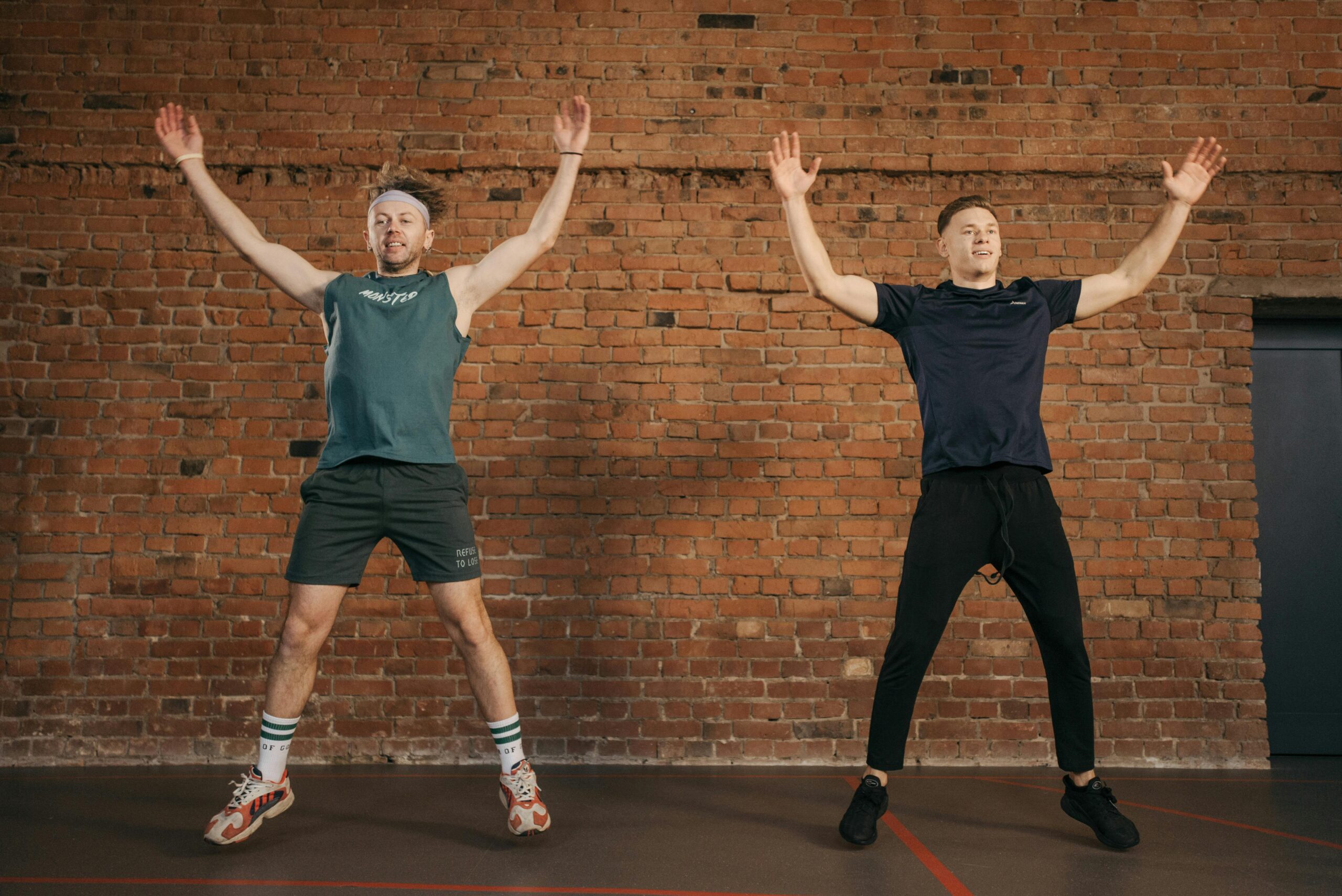Stretching for Calisthenics: An Extensive Guide
Calisthenics is all about using your body weight for resistance, and it’s a fantastic way to build strength, flexibility, and endurance. But to maximize your gains and avoid injury, stretching for calisthenics is essential. In this guide, we’ll dive into why stretching is crucial, explore various stretching techniques, and highlight some must-have equipment to enhance your routine.

Why Stretching Matters in Calisthenics
- Boost Performance: Stretching prepares your muscles for the intense workouts that calisthenics entails. By improving your flexibility, you can perform exercises with a greater range of motion, making your workouts more effective.
- Prevent Injuries: Tight muscles are more prone to strains and injuries. Regular stretching ensures your muscles are limber and ready to handle the stress of bodyweight exercises, reducing the risk of injury.
- Enhance Recovery: Post-workout stretching helps to relax muscles, promote blood flow, and expedite the removal of lactic acid. This means less soreness and quicker recovery, allowing you to get back to your workouts faster.

Types of Stretching for Calisthenics
Dynamic Stretching
Dynamic stretching involves moving parts of your body and gradually increasing reach, speed of movement, or both. It’s an excellent way to warm up before a workout.
Examples:
- Arm Circles: Extend your arms and make small circles, gradually increasing the size.
- Leg Swings: Hold onto a support and swing one leg forward and backward, then side to side.
Static Stretching
Static stretching involves holding a stretch for a set period, usually 15-60 seconds. This is best done after your workout when your muscles are warm and pliable.
Examples:
- Hamstring Stretch: Sit on the floor with one leg extended and the other bent. Reach for your toes on the extended leg and hold.
- Quad Stretch: Stand on one leg, pull the other foot towards your buttocks, and hold.
PNF Stretching (Proprioceptive Neuromuscular Facilitation)
PNF stretching is an advanced form that involves stretching and contracting the muscle group being targeted. This technique can significantly increase flexibility.
Example:
- Partner Hamstring Stretch: Lie on your back with one leg raised. Have a partner push your leg towards you while you resist, then relax and stretch further

Essential Stretches for Calisthenics
Upper Body Stretches
- Chest Stretch: Stand in a doorway, place your hands on the frame, and lean forward to stretch your chest muscles.
- Shoulder Stretch: Bring one arm across your body and use the opposite hand to press the arm towards your chest.
Lower Body Stretches
- Hip Flexor Stretch: Kneel on one knee and push your hips forward to stretch the hip flexor of the back leg.
- Calf Stretch: Place your hands on a wall, step back with one leg, and press the heel into the ground.
Full Body Stretches
- Downward Dog: Start on all fours, lift your hips up and back, forming an inverted V shape. This stretches your hamstrings, calves, and shoulders.
- Cat-Cow Stretch: On all fours, alternate between arching your back (cow) and rounding it (cat) to stretch your spine and core.
Incorporating Stretching into Your Routine
Warm-Up:
Start with 5-10 minutes of dynamic stretching to get your blood flowing and muscles ready for action.
Cool-Down:
Finish your workout with 10-15 minutes of static stretching to help your muscles relax and recover.

Must-Have Stretching Equipment for Calisthenics
Resistance Bands:
Resistance bands are versatile tools that can enhance your stretching routine. They provide assistance and resistance, helping you achieve deeper stretches.
Benefits:
- Improved Flexibility: Bands can help you stretch further and more effectively.
- Assisted Stretching: Perfect for those who need extra help reaching certain positions.
- Portability: Lightweight and easy to carry, making them ideal for home or travel workouts.
Foam Rollers:
Foam rollers are excellent for self-myofascial release, helping to massage and loosen tight muscles.
Benefits:
- Muscle Recovery: Speeds up recovery by increasing blood flow and reducing muscle soreness.
- Enhanced Flexibility: Regular use can help improve overall muscle flexibility.
Yoga Blocks
Yoga blocks provide support and stability, allowing you to maintain proper form during stretches.
Benefits:
- Better Form: Helps you achieve and hold stretches correctly.
- Increased Comfort: Reduces the strain on muscles and joints during stretching.
Where to Find the Best Equipment
Looking for quality equipment to enhance your stretching for calisthenics routine? Check out our recommended products:
Resistance Bands:
Our top-rated resistance bands come in various strengths, perfect for all fitness levels. Durable and reliable, they are a must-have for anyone serious about improving flexibility.
Foam Rollers:
Experience the benefits of foam rolling with our high-density foam rollers. They are designed to withstand heavy use and provide the deep tissue massage you need.
Yoga Blocks:
Our premium yoga blocks are sturdy and supportive, helping you achieve better stretches with ease. Ideal for both beginners and advanced practitioners.

Conclusion
Stretching for calisthenics is a vital component of any fitness routine, helping to enhance performance, prevent injuries, and speed up recovery. By incorporating dynamic, static, and PNF stretching into your workouts, you can unlock your full potential. And with the right equipment like resistance bands, foam rollers, and yoga blocks, you’ll be well on your way to achieving your fitness goals.




